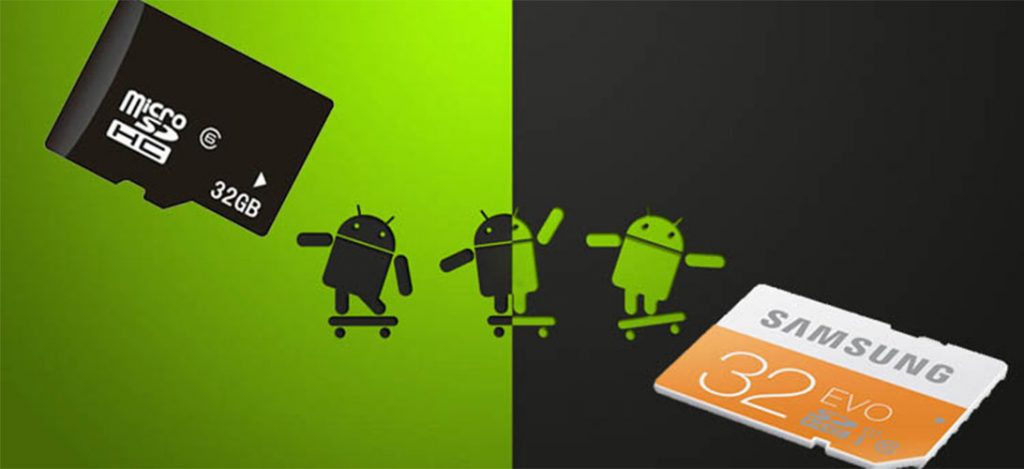What’s better: class 6 or 10, generic or branded MicroSD in Android phone?
Long story short: that cheapo generic one may be more trouble than it’s worth, and the price difference is piddling
This is purely anecdotal. It’s not based on any sustained research or even thinking. But if blogging isn’t for making wild, sweeping assertions about things you know nothing about, then what is it for?
So, assuming your Android version is relatively up to date,* save yourself some hassle and buy a class 10 Samsung Evo microSD, reputedly amongst the fastest and most reliable out there.
I did the opposite and earned myself some hassle, buying a generic class 6 microSD card that first slowed down my phone and then upped and died altogether. The generic nightmare cost £5 ($7.50) and the Samsung Evo branded smooth operator cost £10 ($15) — both from ebay — and in retrospect I’d certainly pay that extra £5 for the improved performance and reliability.
Before it died, the specific problem with my generic class 6 microSD was that it caused my Moto G to pause significantly when waking to the lock screen. Now, this could’ve been due to the manufacture of the card itself rather than it’s status as a class 6 card, particularly given that it did just expire for no reason a couple of weeks later. Using no microSD resolved this problem, as did replacement of the generic class 6 with the Samsung Evo class 10.
You might worry that the bells and whistles of a fancy card like the Samsung (e.g. UHS [ultra-high speed] classification), might somehow make it incompatible with your phone, but from what I read it seems that rather than causing any issues, at worst these features are simply not exploited.
But yes, as I say, this is all anecdotal, relating to a Moto G 4G/LTE (XT1045) with Android 4.4.4.
(*) Android 4 (Kitkat) has been well known for its problems in dealing with class 10 microSD cards, but as of 4.4.4 that should have been overcome, so if you have an Android version beyond that one, this shouldn’t be an issue (as it hasn’t been for me). For the Moto G at least, Android 5 Lollipop is on the way, so any outstanding problems are even more likely to have been dealt with.


